Programmatic SEO represents the future of optimizing web pages. This cutting-edge approach enables a more streamlined, automated way of enhancing page visibility and ranking. Here’s why programmatic SEO stands out in specific niches:
- E-commerce Pages: Automatically update and optimize product descriptions and metadata, ensuring top-notch performance.
- Blog Portfolios: Implement bulk optimizations across hundreds of blog posts simultaneously, unifying the SEO strategy.
- Local Business Pages: Tailor your content for different locations, effortlessly adjusting to local SEO trends.
In the bustling field of digital marketing, programmatic SEO empowers brands to fine-tune their SEO strategy with precision, efficiency, and flair. From automating tedious tasks to allowing for large-scale updates across multiple pages, the opportunities are endless. ??✨
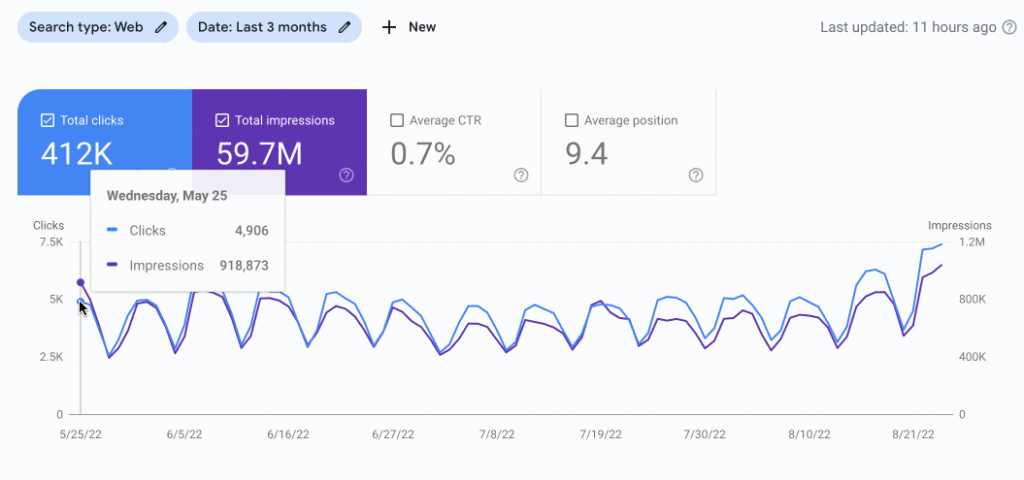
Unleash the full potential of your page with Plerdy, a comprehensive tool designed for CRO & UX. By integrating Plerdy into your programmatic SEO strategy, you’ll leverage insights, analytics, and personalized solutions to enhance the performance of your web pages. Click here to take your page’s SEO strategy to unparalleled success and join the ranks of top-performing digital marketers. Make every page count! ?
Introduction to Programmatic SEO
Welcome to the dynamic realm of programmatic SEO—a potent fusion of automation, machine learning, and search engine optimization that bolsters your website’s digital performance. Programmatic SEO harnesses vast datasets, decoding search trends and user intent at an unprecedented scale. It accelerates the optimization process, transforming your webpage into an attractive hub for search engines and users alike.
Here’s how it unfolds:
- First, algorithms trawl the internet, unearthing lucrative keywords tied to your specific niche.
- Next, these keywords feed the creation of tailored content, finely tuned to echo user searches.
- Finally, the whole process circles back, incessantly refining your page’s SEO strategy based on user behavior and engagement metrics.
This innovative approach revolutionizes traditional SEO. For instance, a health and wellness e-commerce platform can automate the generation of SEO-rich descriptions for thousands of their products, improving search visibility, driving traffic, and ultimately, bolstering sales. Meanwhile, a travel blog can use programmatic SEO to seamlessly populate its site with location-specific pages, each meticulously crafted to capture the attention of search engines and wanderlust-stricken users.
Programmatic SEO propels you beyond the conventional boundaries of optimization—it’s your roadmap to a smarter, more efficient digital future.
Understanding the Importance of Programmatic SEO
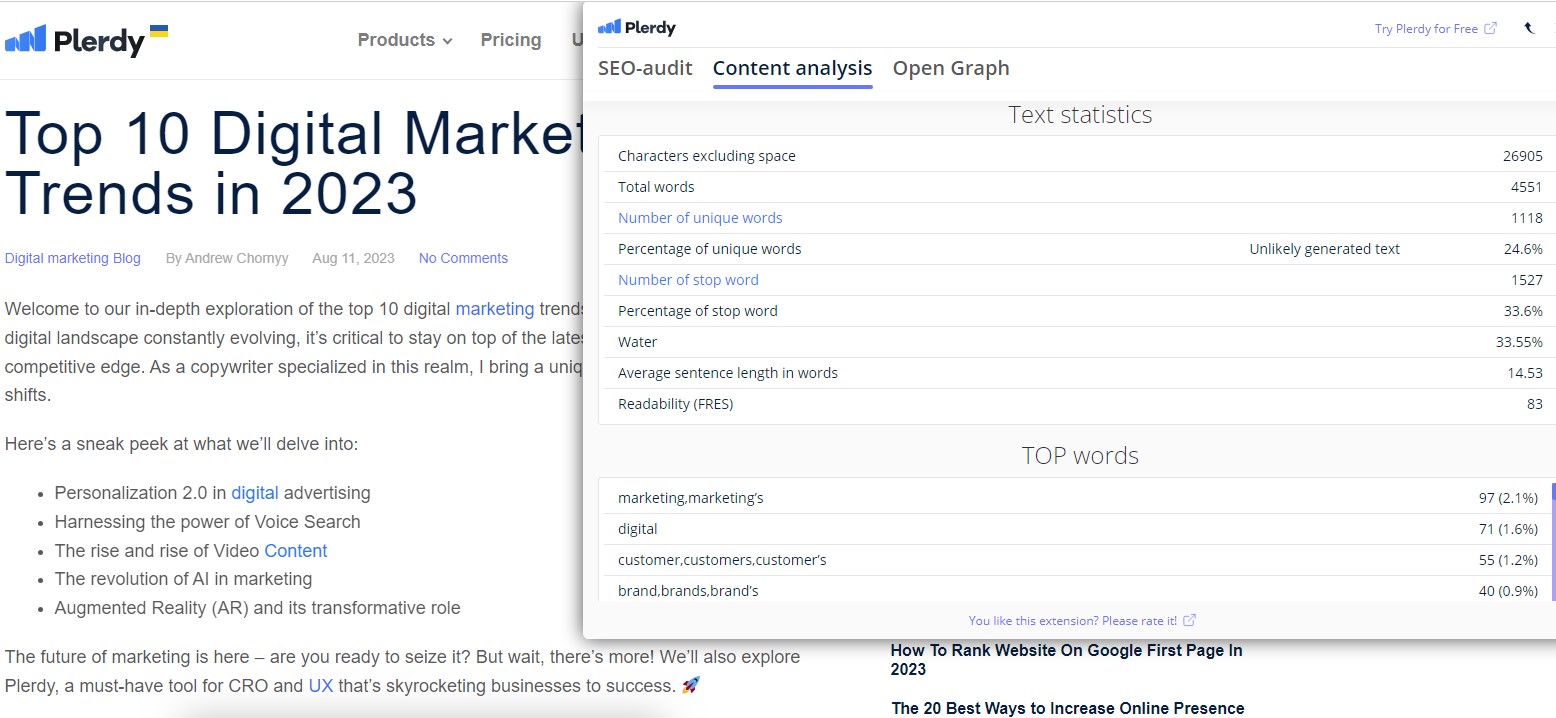
Discussing the Significance of Automation in SEO
Programmatic SEO brings the power of automation into the domain of search engine optimization. This fusion leverages data and machine learning to amplify your page’s online footprint—methodically, accurately, and on a scale that manual efforts can’t match.
The marvel of automation in SEO exhibits in several transformative ways:
- Expedites Keyword Research: An algorithm sifts through massive data volumes to pinpoint high-performing keywords. An automotive blog, for instance, can identify trending car models or features that users actively search for and incorporate them seamlessly into their content.
- Streamlines Content Creation: Based on identified keywords and search trends, automated systems generate SEO-rich content. A fashion e-commerce site could auto-generate unique product descriptions, improving their visibility in relevant search results.
- Enhances On-Page SEO: Programmatic tools optimize meta descriptions, titles, alt-texts—eliminating the need for manual input. A local restaurant could automate their menu updates, ensuring search engines and customers always have the most current information.
- Automates Link Building: Programmatic SEO can identify prospective link-building opportunities, fostering a robust backlink network.
By integrating automation, programmatic SEO clears a path for more efficient, data-driven optimization strategies.
Explaining the Impact of Programmatic SEO on Business Efficiency
Programmatic SEO supercharges business efficiency by harnessing the power of automation and data analysis. It smoothens the path to SEO dominance, taking the laborious, time-consuming tasks off your hands while boosting your page’s visibility and user engagement.
Here’s how it amplifies your business efficiency:
- Rapid Content Generation: Imagine running a real estate agency with hundreds of listings. Programmatic SEO can auto-generate property descriptions, floor plan details, and local area guides, drastically cutting down content creation time.
- Smart Keyword Discovery: For a tech news blog, staying on top of rapidly evolving trends can be exhausting. Programmatic SEO eases this burden, using algorithms to uncover trending topics and high-performing keywords so you’re always publishing relevant, search-friendly content.
- Hyper-Accurate On-Page Optimization: An e-commerce fashion brand can enjoy error-free, optimally formatted meta tags, descriptions, and alt-texts, thanks to automation. It eliminates the risk of human error and ensures your page consistently meets SEO best practices.
- Streamlined Link Building: For an online education platform, developing a robust backlink network can be arduous. Programmatic SEO automates this process, identifying potential link-building opportunities, saving you the hassle of manual outreach.
With programmatic SEO, businesses can transition from simply competing to outright dominating their niche in the online sphere. It’s a smarter, faster, and more efficient path to SEO success.
Basic Principles of Programmatic SEO
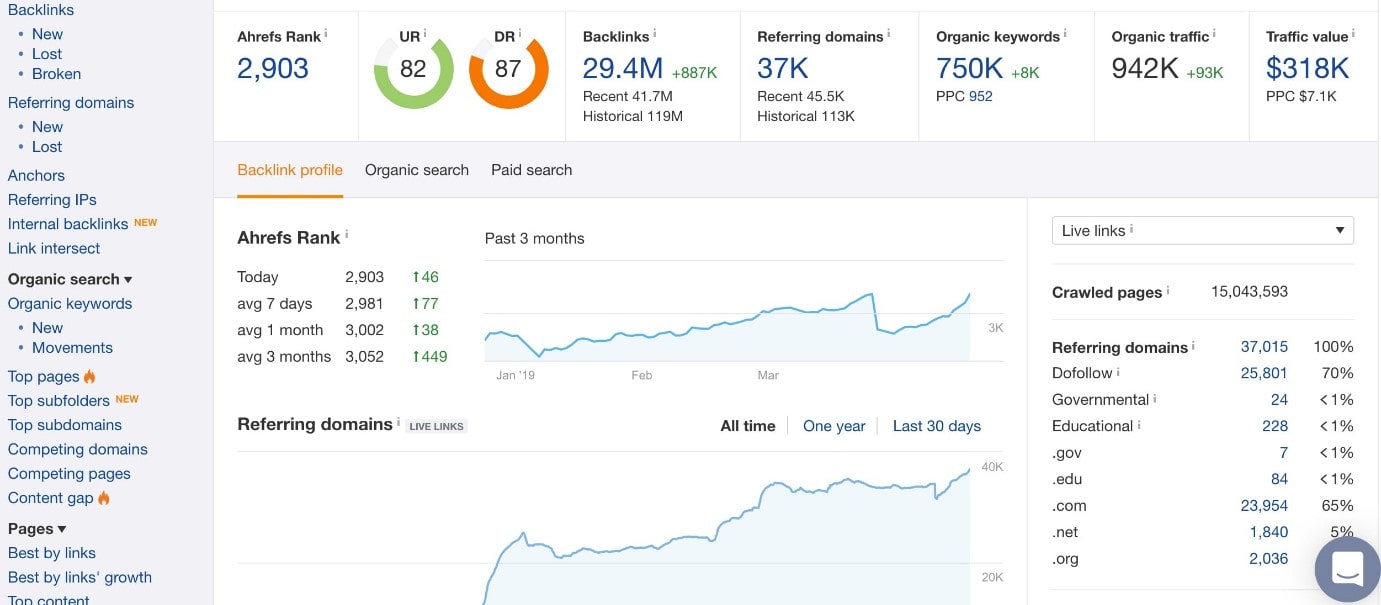
Understanding Scalability in Programmatic SEO
At the core of programmatic SEO lies the principle of scalability. It’s not just about optimizing a single page or targeting a few select keywords—programmatic SEO empowers you to spread your digital reach across thousands of keywords and pages, all while maintaining exceptional SEO quality.
Let’s explore the incredible scalability of programmatic SEO:
- Prolific Keyword Optimization: A site like an online book retailer could target countless keywords—from bestsellers and authors to genres and plot themes. With programmatic SEO, they can optimize for a staggering array of search queries, reaching avid readers and casual book browsers alike.
- Massive Content Generation: Consider a travel website with city guides for every major tourist destination worldwide. Programmatic SEO can auto-generate unique, SEO-rich content for each location page—capturing a variety of search intents and vastly expanding their online reach.
- Expansive On-Page Optimization: An e-commerce giant with tens of thousands of product listings can achieve consistent on-page SEO across every single product page. Programmatic SEO ensures each listing ticks all the right SEO boxes, attracting both search engines and customers.
- Boundless Link Building: A health and wellness blog can automate the identification of link-building opportunities across numerous related niches—amplifying their online authority and drawing a diverse reader base.
Programmatic SEO is your ticket to scalable SEO—it’s about reaching further, wider, and smarter in the digital landscape.
The Role of Data Analysis in Programmatic SEO
In the intricate labyrinth of programmatic SEO, data analysis serves as a trustworthy compass. By decoding vast data arrays, it unveils user intent, search trends, and performance metrics, driving the creation and refinement of SEO strategies.
Here’s how data analysis plays a crucial role in programmatic SEO:
- Unearthing Golden Keywords: A gourmet food blog could use data analysis to detect high-performing keywords—uncovering what culinary enthusiasts are currently searching for and then catering their content to match these appetites.
- Fueling Content Creation: Suppose you’re running a fitness equipment e-commerce site. Data analysis could guide the auto-generation of product descriptions and blog posts, aligning your content with what fitness aficionados are seeking online.
- Refining On-Page SEO: A home décor online store could use performance data to optimize their page elements—titles, meta descriptions, alt texts—boosting the attractiveness of their product pages to both search engines and potential customers.
- Fortifying Link Building: An online magazine could use data analysis to identify popular topics within their niche and then focus on establishing backlinks with authoritative sources related to these topics.
Data analysis is the lifeblood of programmatic SEO. It turns the massive, chaotic sea of online data into a roadmap—guiding your webpage towards a prominent position in the ever-competitive digital landscape.
Steps to Implement Programmatic SEO
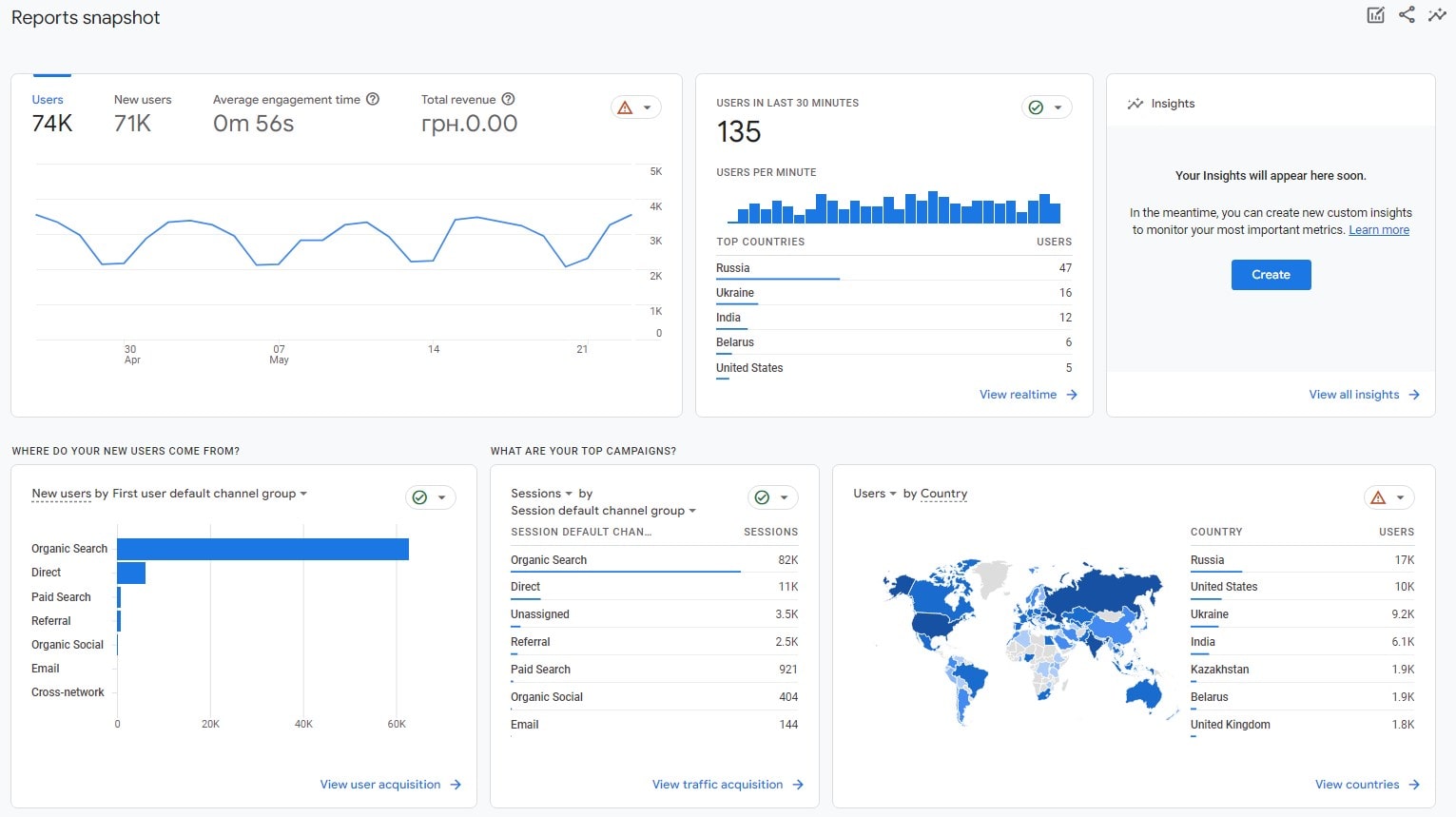
Identifying SEO Opportunities Using Data Analysis
Programmatic SEO, powered by data analysis, is your telescope to spot SEO opportunities in the vast digital galaxy. It helps uncover areas of potential growth, targeting both unexplored spaces and spaces that need enhancement on your page.
Here’s how data analysis illuminates SEO opportunities:
- Spotlight on Search Trends: For a movie review blog, data analysis could reveal growing interest in indie films. This insight could spur the creation of content focused on this genre, satisfying a largely unmet search demand.
- Content Gap Identification: Consider an online pet store. Data analysis might reveal a lack of comprehensive guides on specific pet diets. Recognizing this gap, the store could generate rich, informational content, filling this void and boosting their SEO.
- On-Page SEO Enhancement: For an e-commerce electronics store, data analysis could highlight underperforming product pages. With these insights, they could refine meta descriptions, titles, and alt texts—boosting the page’s visibility and click-through rate.
- Link-Building Pathways: A travel blogger could use data analysis to detect high-authority sites within their niche that lack outbound links. Identifying these potentials, the blogger could craft relevant content and pursue link-building opportunities.
By leveraging data analysis in programmatic SEO, businesses can unravel untapped SEO opportunities—catapulting their page visibility, driving user engagement, and steering their site to the pinnacle of search results.
Structuring Website Based on Data Insights
In the realm of programmatic SEO, data insights shape the architectural framework of your website. They provide direction for site structure, content distribution, and user navigation—paving the path to a user-friendly, search engine-optimized digital platform.
Structuring a website based on data insights involves:
- Designing User Pathways: An online fashion store can leverage user behavior data to map out intuitive navigational paths, leading customers smoothly from home page to product categories to individual listings.
- Tailoring Content Distribution: For a health and wellness blog, content performance data could guide the placement of top-performing articles on prominent pages, increasing visibility and user engagement.
- Optimizing Page Structure: An e-learning platform could use bounce rate data to refine their course page layouts—improving user experience, course engagement, and ultimately, SEO performance.
- Crafting Effective CTAs: For a SaaS company, data on click-through rates could inform the design and placement of CTAs—maximizing lead generation and conversions.
Through the lens of data, the seemingly random chaos of programmatic SEO crystallizes into a coherent, strategic structure. It’s about turning insights into actions—shaping your website to engage users, satisfy search engines, and accomplish your digital goals.
Automating Content Creation and Optimization
In the vast ocean of digital content, keeping your SEO ship afloat demands constant vigilance and refinement. Enter programmatic SEO—a reliable co-captain to steer the course of content creation and optimization.
Embrace the power of automation for:
- Content Creation: A travel website, for example, can automate the production of location-based landing pages. Once the template is set—complete with destination-specific details, images, and meta tags—hundreds of unique pages can be generated, all optimized for individual keyword clusters.
- Meta Tag Optimization: For an e-commerce store, automating the update of meta titles and descriptions based on product features can keep page metadata fresh and aligned with SEO best practices.
- Content Refresh: Consider a finance blog that publishes data-intensive articles. An automated system could regularly update figures in these articles, ensuring content accuracy and relevance.
- Image SEO: An online art gallery might employ automation to generate image alt texts, crucial for visually impaired users and search engine understanding.
Employing automation in programmatic SEO simplifies content creation and optimization—giving your digital efforts the buoyancy to ride the tides of search engine algorithms and user behavior trends.
Deploying Programmatic Link Building Strategies
Sailing on the programmatic SEO sea, we drop anchor at the bay of link building—an age-old tactic that packs a punch when automated. Programmatic link building can streamline the process of securing quality backlinks, shoring up your digital ship against the currents of search engine rankings.
Let’s chart out a few strategies:
- Resource Page Link Building: For a health blog, creating a comprehensive guide on nutrition and then automating outreach to websites with health resource pages can net high-quality inbound links.
- Broken Link Building: A software service provider could crawl relevant industry blogs for broken links, automatically reaching out to webmasters with a replacement link suggestion.
- Content Promotion: A home decor e-commerce site might automate the promotion of a new product range blog post to its email list, earning them organic backlinks from home enthusiasts and influencers.
- Competitor Backlink Analysis: A fashion retailer could use a programmatic approach to routinely analyze competitor backlinks, identifying opportunities for their own outreach.
Charting a course with programmatic link building strategies can lead to a treasure trove of backlinks. By automating the process, your SEO efforts can catch the wind, enabling your digital ship to sail smoothly through the competitive seas of the online world.
Key Tools for Programmatic SEO

Overview of Essential Tools for Data Analysis and Content Creation
When treading the waters of programmatic SEO, having the right set of tools on board can navigate the path of data analysis and content creation. Not all ships in the digital sea are built alike—tailor your toolkit to match your unique needs.
Let’s set sail with these essential tools:
- Google Analytics: The compass of the digital world, this tool helps decipher user behavior, guiding content creation to align with user preferences. For instance, an e-commerce fashion retailer can identify the most visited pages and create related content to engage customers.
- SEMrush: This tool is like a weather vane, analyzing SEO data, keywords, and competitor insights. A tech blog can identify trending topics and create well-optimized content to increase visibility.
- Buzzsumo: This tool works like a fishing net, catching trending content ideas from all over the web. An environmental advocacy group can use it to curate engaging content related to current environmental issues.
- Grammarly: This tool ensures your ship is in top shape, optimizing content for readability and grammatical correctness. A travel agency can ensure their destination descriptions are error-free and engaging.
By leveraging these essential tools, your programmatic SEO can sail full steam ahead, capturing audiences with data-driven content and smooth page navigation.
Tools for SEO Automation and Link Building
Striking gold in the minefield of SEO often hinges on harnessing the power of high-tech tools. These tools, designed to simplify SEO automation and link building, form the bedrock of any robust programmatic SEO strategy, turning intricate tasks into manageable actions.
Let’s take SEMrush as an example. This comprehensive SEO tool sheds light on your website’s overall health, unearths potential issues, and provides actionable recommendations. It even extends its prowess to competitor analysis, allowing you to benchmark your page against industry rivals.
Other exemplary tools include:
- Moz: Known for its precision in keyword research, Moz also monitors your page rankings and offers insights into link building.
- Ahrefs: This tool excels in backlink analysis, providing a detailed breakdown of your link portfolio alongside strategies to boost your link-building efforts.
- Screaming Frog: A must-have for any SEO specialist, this software quickly crawls your pages to provide valuable on-page insights.
As we embark on the journey through the digital jungle, these tools offer a clear path, making programmatic SEO less of an uphill battle and more of a strategic game plan. Arm yourself with these technological powerhouses and turn the tides of your SEO campaign, leaving no page unturned in your quest for optimization supremacy.
Discussing Future Trends and Developments
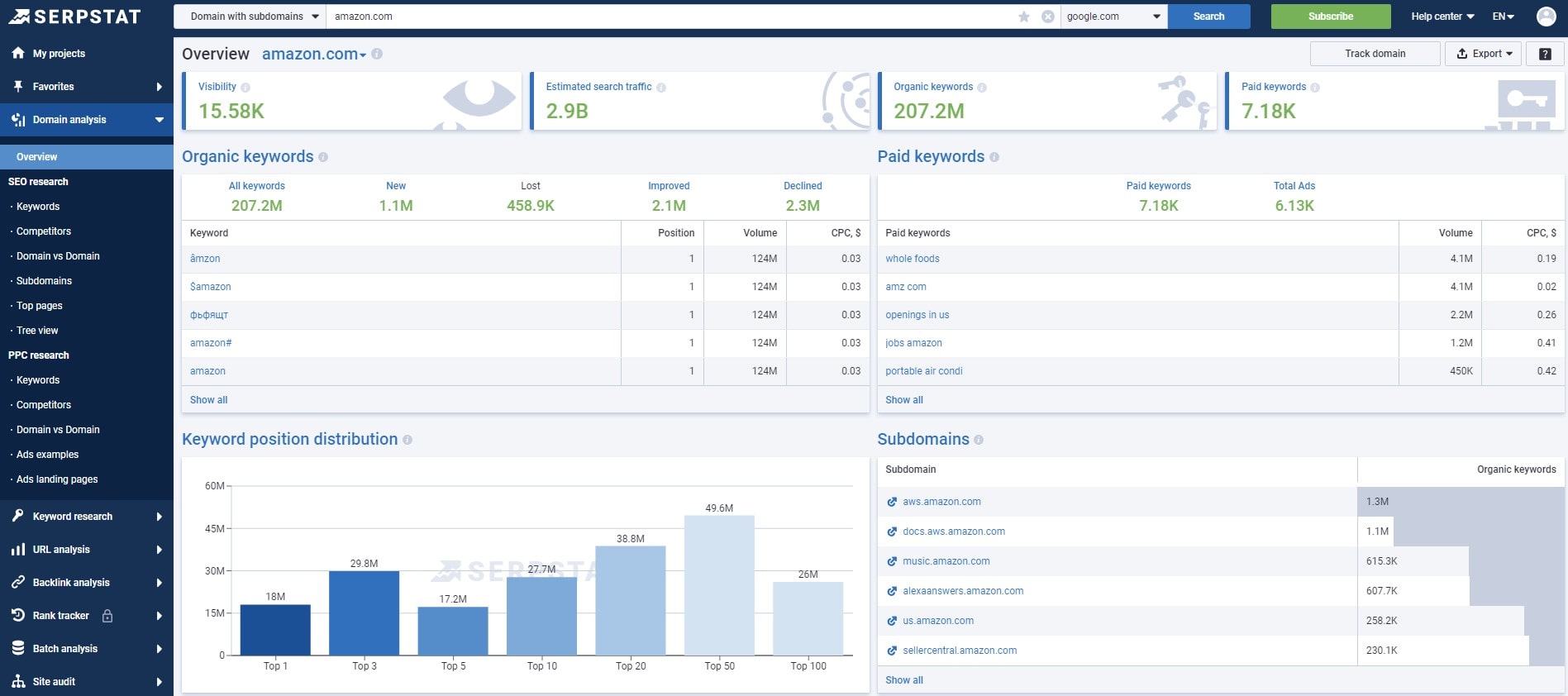
Nailing down the programmatic SEO and link building process requires a powerhouse suite of tools. But fear not, we’ve got you covered. Let’s drill down into some top-performing tools that enhance SEO automation and streamline link building.
- Ahrefs: This tool outpaces others in the race for backlink analysis. For a health blog, for instance, it can spotlight high-value links from reputable medical websites.
- Moz Pro: This all-rounder offers an arsenal of features from keyword research to link building. For a niche e-commerce site, it can pinpoint profitable keywords and related pages to pursue for backlinks.
- Majestic SEO: Backlink analysis is a breeze with Majestic’s comprehensive link database. It can help a local bakery identify link-building opportunities from popular food blogs.
- Screaming Frog: This tool for SEO automation crawls pages, identifies SEO issues, and automates fixes.
By employing these tools, businesses can shift their SEO into overdrive. Effortlessly automate SEO tasks, build strategic links, and lay the groundwork for a well-optimized page — all while saving time and resources.
Maximizing SEO Strategies with Programmatic SEO
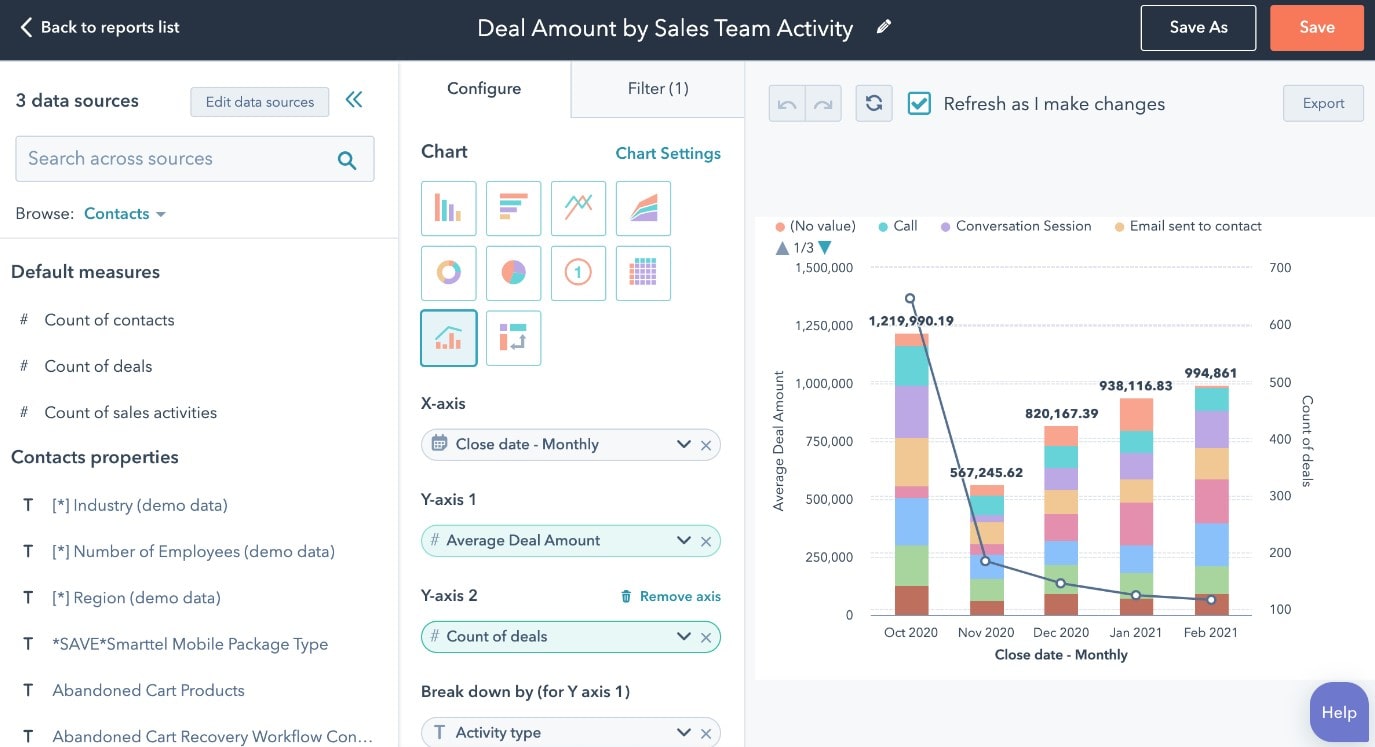
Maximizing your SEO strategies might feel like scaling a steep cliff face, but programmatic SEO presents a high-tech elevator to the summit. This technology-driven approach boosts efficiency, optimizes large-scale SEO processes, and systematically improves the search engine rankings of numerous pages.
Take an online apparel store with thousands of product pages. Conventional SEO could consume countless hours optimizing each page individually. Yet, with programmatic SEO, automation steps in, deploying data-driven strategies to optimize every page with tailored keywords, meta tags, and backlinks – all in a fraction of the time.
For a travel blog with numerous destination pages, programmatic SEO can:
- Automatically update meta tags based on trending destinations.
- Streamline the process of interlinking relevant articles.
- Deploy a dynamic sitemap to keep the site architecture search-engine friendly.
For a local directory website, programmatic SEO can:
- Leverage location data to create personalized meta descriptions for each listing.
- Automatically update business listings with the most recent data.
- Create a robust internal linking structure to keep users and search engines navigating effortlessly.
Efficiency, scalability, and customization – these are the gifts programmatic SEO bestows. With such an ace up your sleeve, the laborious task of page optimization becomes a breeze, transforming your SEO efforts into a well-oiled machine that keeps your digital ship sailing smoothly on the sea of search engine rankings.
Conclusion
As we wrap up this comprehensive guide to programmatic SEO, it’s clear that this approach has reshaped how we tackle SEO for any web page. From managing vast collections of pages to applying complex integrations with tools like Zapier and Webflow, the landscape of SEO has evolved. Embracing programmatic SEO allows businesses to:
- Fine-Tune Indexing: Make precise adjustments to indexing strategies, enhancing page visibility.
- Leverage Third-Party Integrations: Easily connect with platforms like Shopify, OnCrawl, and Whalesync for seamless data syncing.
- Optimize Large-scale Projects: Handle massive amounts of data, even for the largest companies, with precision and efficiency.
Whether you’re a startup or a seasoned enterprise, programmatic SEO can add value to your digital efforts. The customized approach ensures that your page will stand out in a sea of competitors. ⚡
If you’re serious about taking your SEO and UX analysis to the next level, Plerdy is the tool to embrace. Its robust features offer insights, comprehensive reports, and intelligent solutions tailored to your needs. Don’t leave any potential unexplored – click here to explore Plerdy and elevate your programmatic SEO strategy today. Make your pages work for you, with clarity, speed, and success. ?✨
